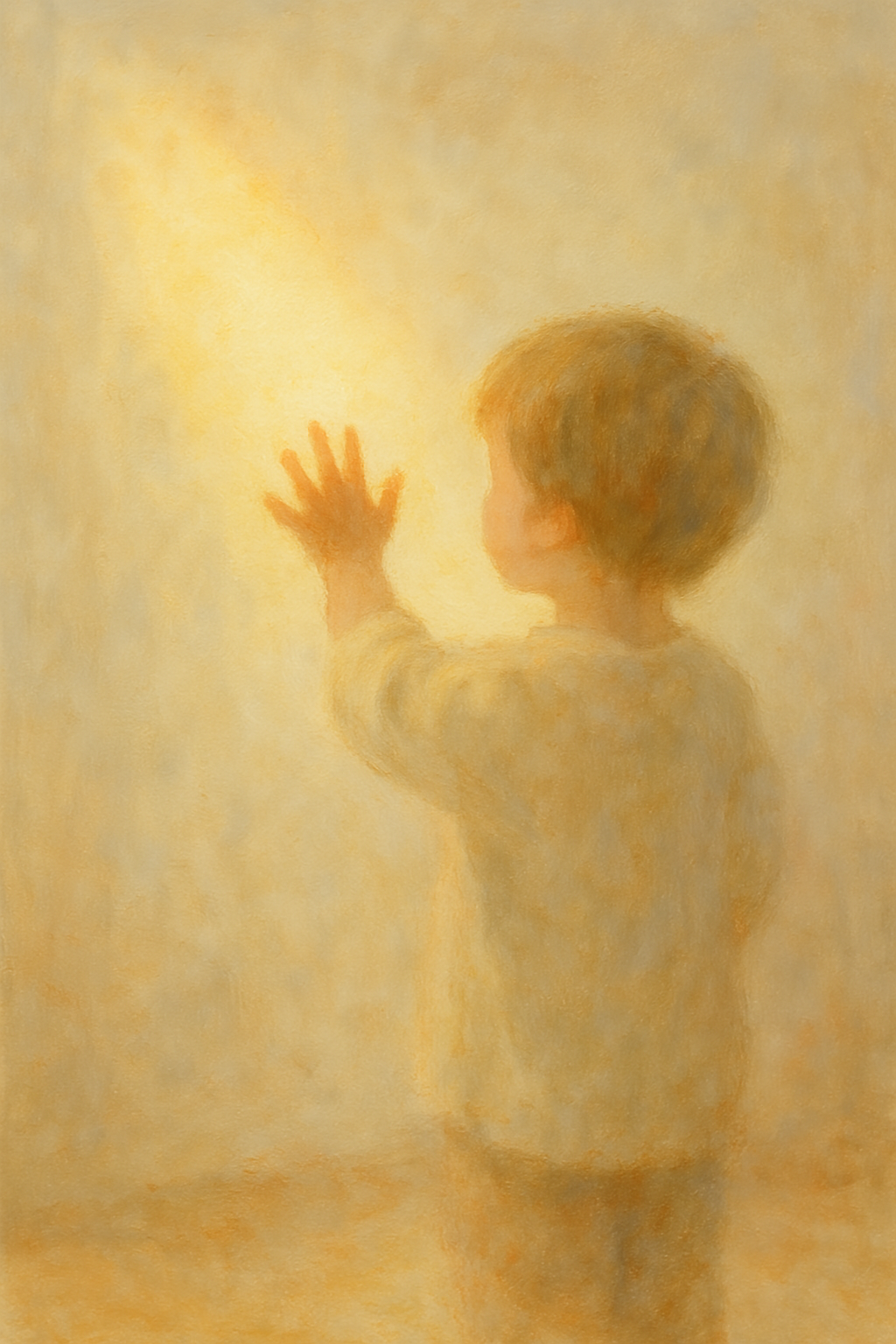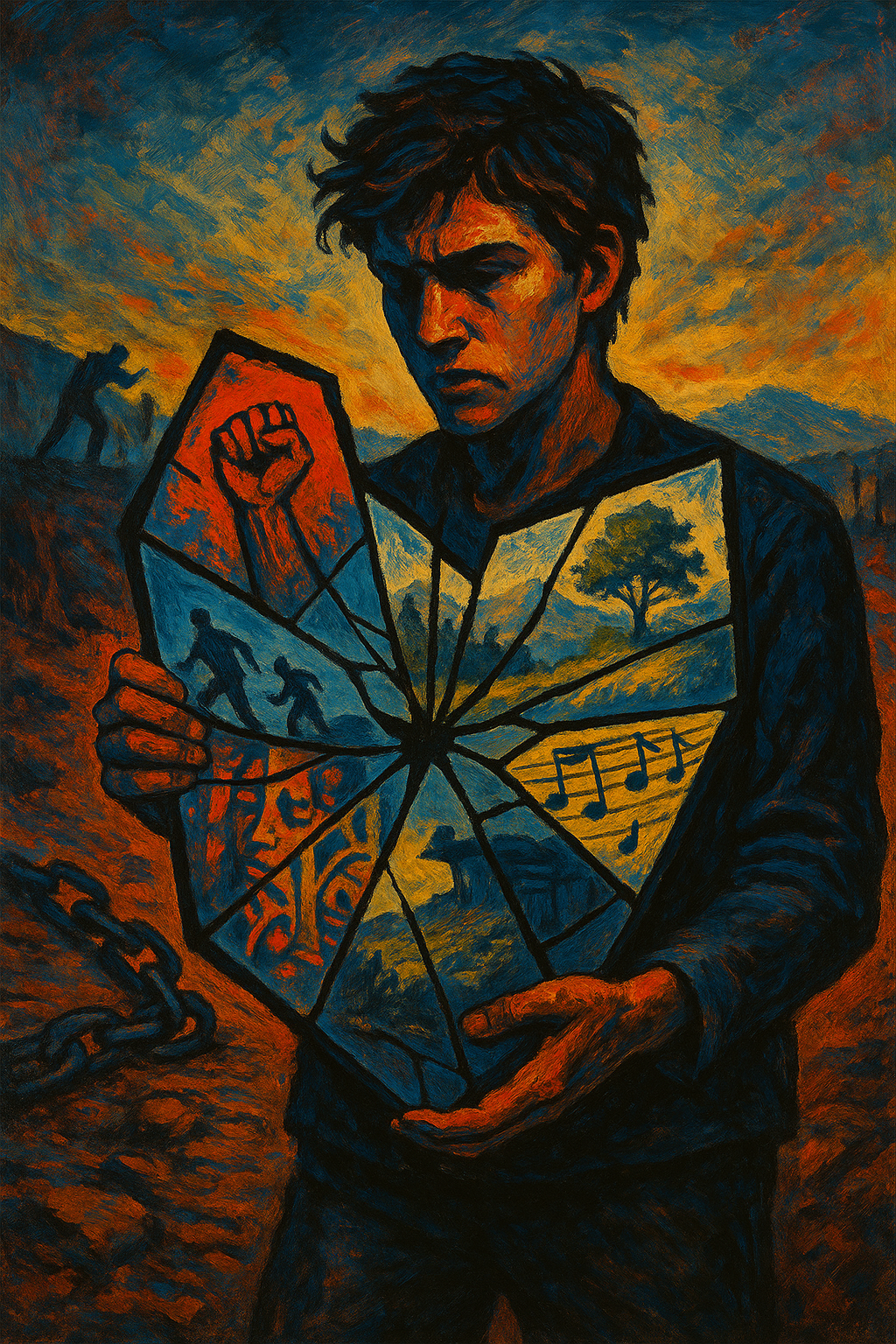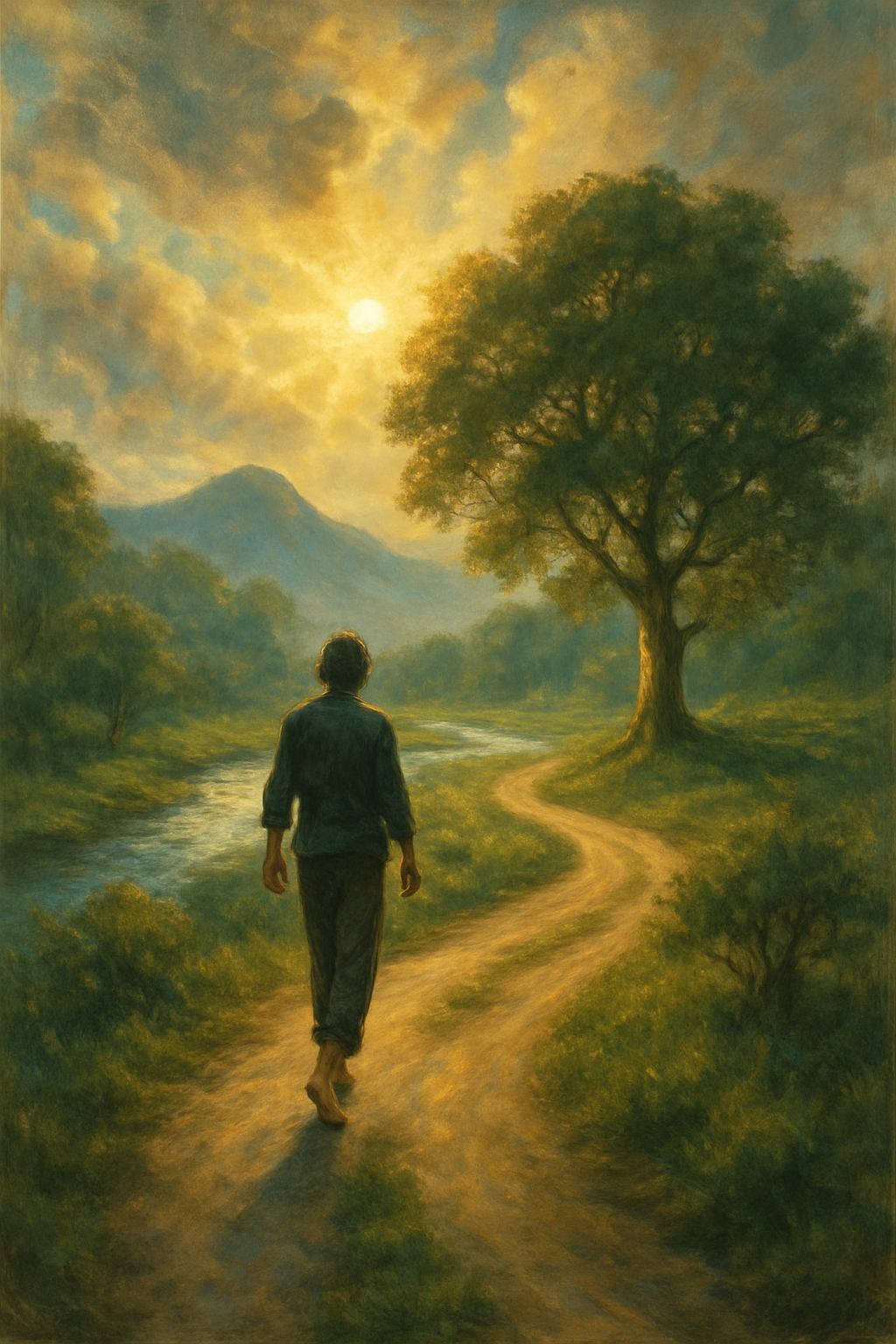Where Creation Meets Chance
In a world obsessed with precision and intention, we often forget that some of the most compelling forms of art are born from the unexpected. A crooked brushstroke, a spilled pigment, a moment of distraction these are not mistakes, but moments of quiet magic. This is the essence of accidental art: the beauty that emerges when we’re not striving for it, when we’re simply present enough to notice.
Art has long been thought of as a deliberate act planned, sketched, calculated. But what happens when we step aside from control? When the canvas answers back with its own will? Accidental art challenges the notion that meaning must be engineered. It whispers that the most honest expressions may lie in what we never meant to create.
From the blurred lines of abstract expressionism to the raw immediacy of street art, history is filled with examples of masterpieces that arose from unplanned gestures. Even in nature, patterns form without intent—ice cracking on a windowpane, moss crawling over stone, waves painting the sand. These moments reveal that creation is not always about dominance over material, but about dialogue with the unknown.
In this article, we will explore how letting go—of control, of perfection, of expectation—can open doors to deeper creativity. We’ll look at stories of famous accidents in art, examine the philosophy behind chance and spontaneity in the creative process, and reflect on how embracing imperfection might lead us closer to truth.
Because sometimes, the art we need most is the one we never meant to make.
The Beauty of the Unintended
Throughout history, accidents have played a surprising role in shaping artistic breakthroughs. Consider the story of Jackson Pollock, whose drip technique initially seen as chaotic and uncontrolled redefined the possibilities of painting. His canvases, layered with spontaneous gestures and gravity led flows, were not traditional compositions, but raw, visceral records of motion and emotion. What some dismissed as a mess, others recognized as genius. The accident became the art.
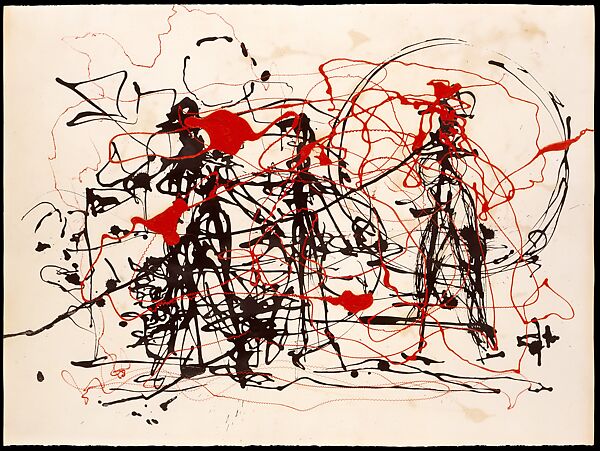
(Image: The Metropolitan Museum of Art, Public Domain)
Similarly, Helen Frankenthaler’s invention of the soak-stain method pouring thinned paint directly onto unprimed canvas was born from experiment and chance. The paint bled into the fabric unpredictably, creating soft, dreamlike shapes. It wasn’t precision that defined her work, but trust in the process, in material, in intuition.
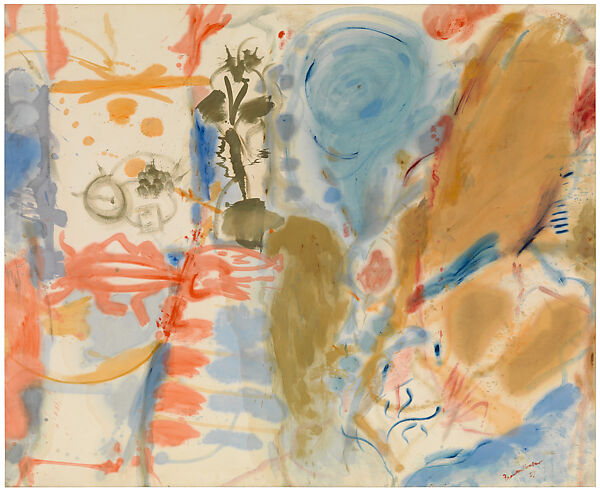
(Image: Public Domain, via The Metropolitan Museum of Art)
Even the invention of cerulean blue, now a staple in many painters’ palettes, was a happy chemical accident in the 19th century. A mistake in the lab gave the world a pigment that would one day fill the skies of Van Gogh and the dreams of modern creators.
These stories remind us: control is not the only path to beauty.
The Philosophy of Chance
At the heart of accidental art is a philosophical question: What happens when we stop trying to be perfect? In the act of creation, many artists wrestle with pressure to achieve, to impress, to make something “good.” But when we surrender to chance, we enter a freer space. A place where the ego softens and the world collaborates.
Movements like Dadaism and Surrealism embraced this. Artists like Jean Arp would drop torn paper onto the floor and glue it where it landed. André Breton promoted automatism writing or drawing without conscious control. These weren’t gimmicks; they were rebellions against rigid thinking. They believed that by bypassing intention, the subconscious and the spiritual could speak.
Accidental art, in this light, becomes more than aesthetic it becomes a way of seeing. It asks us to be open, to let the unexpected enter, to find beauty not only in control but in release.
Everyday Accidents as Art
You don’t have to be a professional artist to witness this. Accidental art is all around us found in fogged windows, cracked sidewalks, rust patterns, spilled coffee. A child’s doodle. A faded mural. The way light bends through a dirty glass. These moments ask us to slow down, to look again.
They remind us that art is not always what we make sometimes it’s what we notice.
Embracing Imperfection
In our pursuit of polished, curated beauty, we risk losing touch with something essential: the joy of the imperfect. Accidental art teaches us that flaws can be features. That surprise can be sacred. That in letting go, we might find something more truthful than perfection ever allowed.
Whether you’re an artist or simply someone learning to live with more openness, accidental art offers a lesson: not everything has to be planned, not everything needs to be fixed. Sometimes, the most meaningful expressions are the ones we didn’t see coming.
Art That Finds Us
Accidental art is not just an aesthetic it’s an attitude. It invites us to pay attention, to befriend unpredictability, and to trust that beauty can arise without blueprint. In a world that demands constant productivity and precision, this is a quiet revolution.
Because maybe, just maybe, the art that matters most is the kind that finds us when we least expect it.

